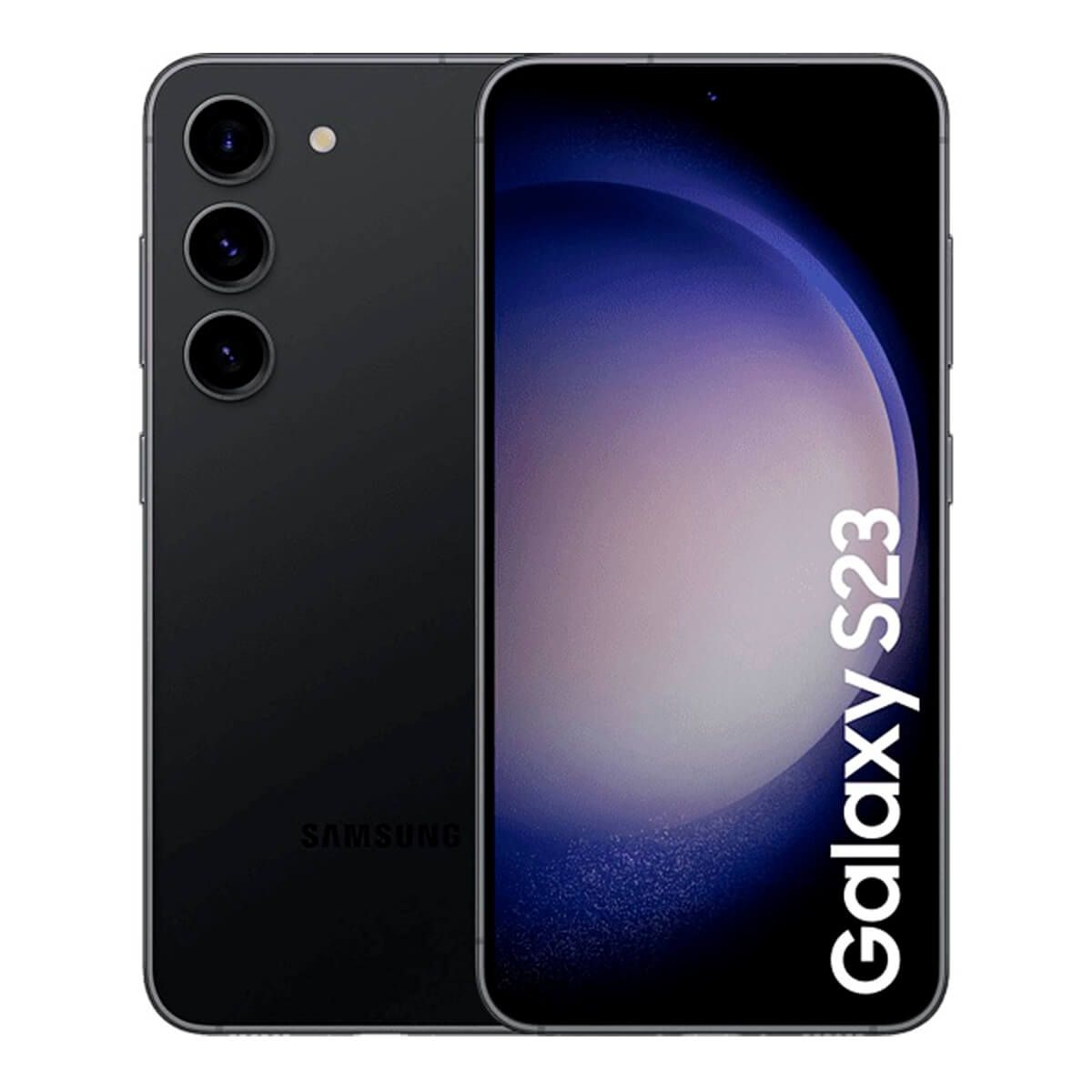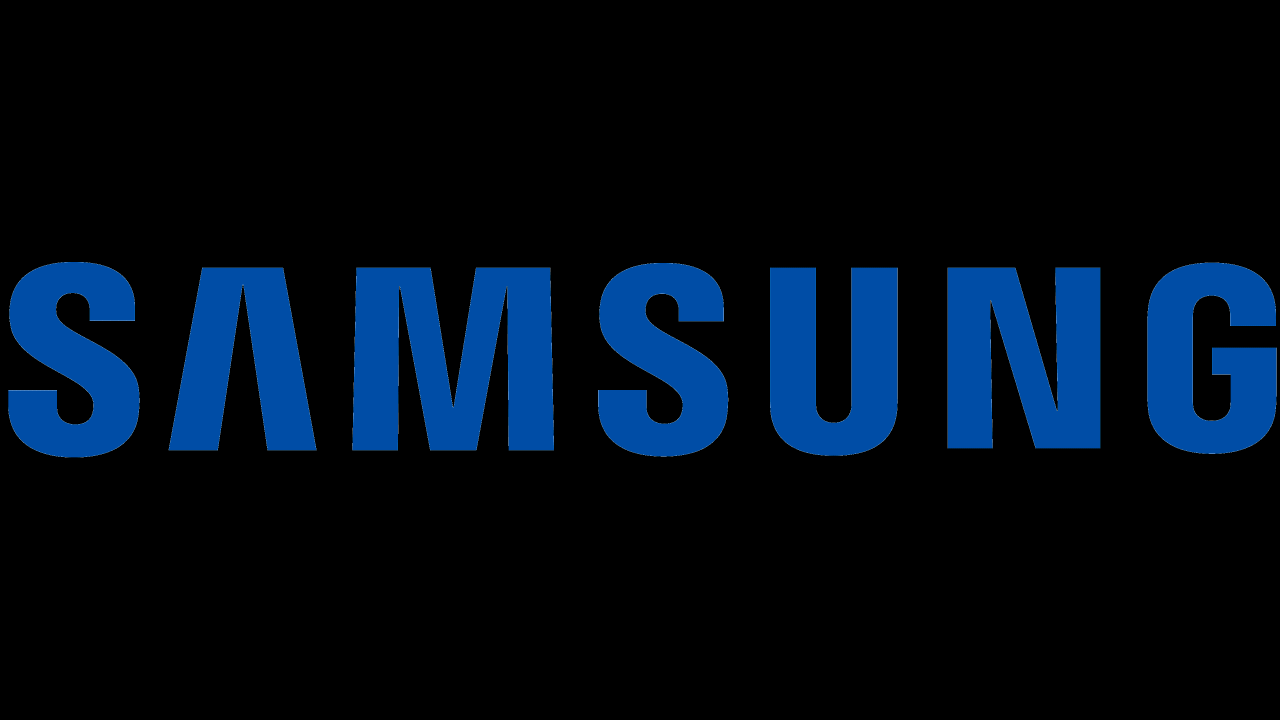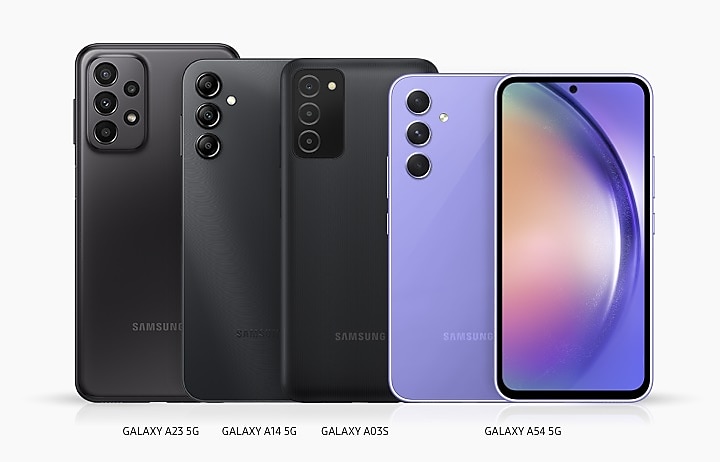samsung note7 stands as a pivotal chapter in the saga of smartphone evolution, marked by ambition and innovation, yet shadowed by controversy. Launched in August 2016, the Note7 promised cutting-edge features, including a stunning display, powerful camera, and enhanced security with iris scanning technology. However, its initial acclaim quickly evaporated as safety issues surfaced, leading to one of the most infamous recalls in tech history.
This smartphone’s release was highly anticipated, and Samsung marketed it as the pinnacle of mobile technology, appealing to both tech enthusiasts and everyday users. Its advanced specifications and unique features positioned it as a formidable competitor in a saturated market. Yet, what began as a celebration of innovation soon turned into a cautionary tale that would reshape the industry’s approach to safety and consumer trust.
History and Release of Samsung Note7
The Samsung Note7, launched in August 2016, marked a significant moment in the smartphone industry. This device was part of Samsung’s well-regarded Note series, known for its productivity features and large screens. The Note7 was highly anticipated, following the success of its predecessors, and aimed to elevate the user experience with its advanced capabilities.
The timeline of the Note7’s release was characterized by enthusiasm and innovation. Samsung unveiled the smartphone at a lavish event in New York City on August 2, 2016. The initial reception was overwhelmingly positive, with critics praising its design, display quality, and features. The device boasted a sleek design with a curved display, which was a hallmark of Samsung’s flagship devices at that time. Pre-orders began shortly after the announcement, and the device officially hit the shelves on August 19, 2016, creating a buzz in the market.
Key Features and Innovative Technology
During its launch, Samsung highlighted several key features that distinguished the Note7 from its competitors. The marketing campaign focused on the following standout attributes:
- Infinity Display: The Note7 featured a 5.7-inch Super AMOLED display with a stunning resolution of 1440 x 2560 pixels, offering vibrant colors and deep blacks, enhancing the visual experience for users.
- S Pen Enhancements: The S Pen stylus was a defining feature of the Note series, and the Note7 introduced new capabilities, including an improved pressure sensitivity and the ability to create animated GIFs directly from the screen.
- Water and Dust Resistance: With an IP68 rating, the Note7 was designed to withstand immersion in water and dust, making it suitable for various environments.
- Improved Security Features: The device included iris scanning technology, allowing users to unlock their phones securely and conveniently, marking a significant leap in biometric security.
- Dual Edge Display: The Note7 continued the trend of dual-edge displays, which provided quick access to apps and notifications, enhancing multitasking capabilities.
The innovative technology incorporated into the Note7 set new standards in the smartphone market. It offered features that appealed to both general consumers and professionals seeking productivity tools. Notably, the addition of the iris scanner not only enhanced security but also paved the way for the integration of biometric features in future smartphones. Moreover, the S Pen’s advanced functionalities allowed for greater creativity and efficiency, appealing to artists and note-takers alike.
In its pursuit of excellence, Samsung also equipped the Note7 with a robust battery, although this feature would later become a significant point of controversy. Nonetheless, the combination of design, features, and innovative technology positioned the Note7 as a frontrunner in the premium smartphone segment upon its launch.
Technical Specifications and Features: Samsung Note7

The Samsung Note7 pushed the boundaries of smartphone technology when it was launched, boasting a blend of powerful hardware and innovative features. The device was designed to cater to professionals and enthusiasts alike, offering advanced functionalities that distinguished it from its competitors.
The Note7 was equipped with a plethora of high-end specifications, making it a formidable player in the market. It featured a Qualcomm Snapdragon 820 processor or an Exynos 8890, depending on the region, which allowed for seamless multitasking and performance. The device came with 4GB of RAM and storage options of 64GB, expandable via microSD, accommodating extensive app usage and media storage needs.
Camera Capabilities and Battery Life
The camera system on the Samsung Note7 was one of its standout features, combining advanced technology with user-friendly options. The rear camera consisted of a 12 MP Dual Pixel sensor with an aperture of f/1.7, enabling excellent low-light performance and fast autofocus. The front-facing camera, at 5 MP, also had a wide aperture for capturing clear selfies, ensuring high-quality images for social sharing.
Battery life is crucial for any smartphone, and the Note7 did not disappoint in this regard. It was powered by a 3,500 mAh battery that supported fast charging, both wired and wireless. This feature allowed users to quickly recharge their devices, providing peace of mind for those on the go.
For a better understanding of the Note7’s position in the market, the following table compares its specifications to those of its predecessors and key competitors:
| Feature | Samsung Note7 | Samsung Note5 | Apple iPhone 6s Plus | Google Pixel XL |
|---|---|---|---|---|
| Display | 5.7″ Super AMOLED, 1440 x 2560 | 5.7″ Super AMOLED, 1440 x 2560 | 5.5″ Retina HD, 1080 x 1920 | 5.5″ AMOLED, 1440 x 2560 |
| Processor | Snapdragon 820 / Exynos 8890 | Exynos 7420 | A9 chip | Snapdragon 821 |
| RAM | 4GB | 4GB | 2GB | 4GB |
| Rear Camera | 12 MP Dual Pixel | 16 MP | 12 MP | 12.3 MP |
| Front Camera | 5 MP | 5 MP | 5 MP | 8 MP |
| Battery | 3,500 mAh | 3,000 mAh | 2,750 mAh | 3,450 mAh |
In summary, the Samsung Note7 provided an impressive combination of technical specifications, camera performance, and battery efficiency, solidifying its place as a leading smartphone in a competitive market landscape.
Safety Issues and Recall

The Samsung Note7, initially celebrated for its innovative features, quickly earned notoriety due to alarming safety concerns. The device’s propensity to overheat and catch fire raised significant alarms among consumers and regulatory agencies alike. This prompted an extensive recall process that aimed to ensure user safety and restore consumer confidence in the brand.
The safety issues surrounding the Note7 stemmed primarily from battery defects. Samsung’s initial investigations revealed that the batteries supplied by one of its manufacturers were susceptible to short-circuiting, leading to overheating and even combustion. Despite efforts to rectify the problem through a battery replacement program, incidents continued to occur, necessitating a more drastic recall of all devices. In total, Samsung recalled approximately 2.5 million units globally, a move that not only aimed to protect consumers but also to mitigate the brand’s growing reputational damage.
Response to Safety Concerns
In response to the safety crisis, Samsung implemented a multi-faceted recall strategy that included various measures to address the ongoing safety issues. These actions were pivotal in managing both the operational fallout and the public relations disaster.
The key steps Samsung undertook included:
- Initiation of a global recall of all Note7 devices to prevent potential hazards.
- Collaboration with battery manufacturers to identify the root cause of the battery failures.
- Establishment of a dedicated customer service hotline to assist affected users promptly.
- Offering incentives for customers to return their devices, including refunds or exchanges for other Samsung products.
- Implementing stricter safety protocols and quality assurance measures for future products.
“Safety is our top priority, and we are committed to taking all necessary actions to ensure our customers are safe.”
Case Studies of Incidents
Numerous incidents involving the Note7 highlighted the serious nature of its safety issues. These cases not only affected individual consumers but also had broader implications for the industry and regulatory bodies.
One notable incident occurred in 2016 when a Note7 exploded while charging overnight in a hotel room in the United States, resulting in property damage and raising alarm among hotel staff and guests. Another case involved a user whose Note7 ignited in their pocket while they were on a flight, prompting emergency protocols and a heightened sense of fear surrounding the device.
These incidents underscored the urgency of Samsung’s recall efforts and their importance in restoring consumer confidence. The financial repercussions were also significant, with Samsung reporting a loss of billions due to the fallout from the Note7 issues, highlighting the vast impact of the safety failures on the company’s market position.
In summary, the Samsung Note7’s safety issues and subsequent recall serve as a critical case study in the importance of rigorous quality control and consumer safety in the tech industry. The response to these challenges has since shaped policies and practices across the sector, with many companies now placing an even greater emphasis on product safety and reliability.
Legacy and Impact on the Smartphone Industry

The Samsung Galaxy Note7 debacle left an indelible mark on the smartphone landscape, reshaping industry standards and consumer expectations. Its failure prompted a reevaluation of safety protocols and product development practices across the tech world, as companies sought to avoid similar pitfalls. The ramifications of this incident continue to influence design philosophies and operational strategies in the smartphone industry.
Effects on Samsung’s Brand Reputation
The catastrophic failure of the Galaxy Note7 significantly tarnished Samsung’s brand reputation. Once lauded for innovation and reliability, Samsung faced a credibility crisis as consumers became wary of its products. The recall alienated loyal customers and created a gap that competitors eagerly sought to fill. Financially, Samsung recorded substantial losses in the billions, which highlighted the potential costs of a single product failure in a highly competitive market.
Lessons Learned by Samsung
In the aftermath of the Note7 crisis, Samsung undertook a comprehensive reassessment of its product development and quality assurance processes. The company established the “8-Point Battery Safety Check,” which became a standard for evaluating battery safety in future devices. This new protocol emphasized rigorous testing from material selection and design to assembly and quality assurance, ensuring that safety was prioritized at every stage of production.
Innovations in Safety Protocols Post-Note7, Samsung note7
The Note7 incident catalyzed a wave of innovation in safety measures within the smartphone industry. Companies began implementing more stringent safety protocols and enhancing their research and development efforts focused on battery technology. A few notable changes include:
- Increased Battery Testing: Manufacturers adopted multi-layered testing procedures, including thermal, mechanical, and electrical assessments, to minimize risks associated with battery failures.
- Battery Management Systems: Enhanced battery management systems with built-in safeguards to monitor conditions and prevent overheating or overcharging were introduced.
- Consumer Awareness Campaigns: Companies launched initiatives to educate consumers on battery safety, including proper usage and charging practices to prevent accidents.
- Revised Material Sourcing: A focus on sourcing higher-quality materials for batteries became common, aimed at reducing the likelihood of defects.
“Safety protocols that emerged following the Note7 incident set new industry standards, ultimately benefiting consumers and manufacturers alike.”
Query Resolution
What were the main features of the samsung note7?
The samsung note7 featured a 5.7-inch QHD display, 12 MP dual pixel camera, iris scanner, and a stylus, along with a robust battery life.
Why did the samsung note7 face safety issues?
Safety issues arose due to battery defects that led to overheating and fires, prompting a global recall and significant safety concerns.
What actions did Samsung take regarding the Note7 recall?
Samsung initiated a worldwide recall, offered exchanges for safe devices, and implemented new safety measures in their product development processes.
How did the Note7’s failure impact Samsung’s reputation?
The Note7 incident temporarily damaged Samsung’s reputation, leading to increased scrutiny on their safety protocols and product reliability.
What innovations emerged in the smartphone industry after the Note7?
Post-Note7, the industry saw enhanced battery safety standards, more rigorous testing protocols, and a heightened focus on consumer safety in design.
The Galaxy Note 2 remains a classic choice for many smartphone enthusiasts. Its powerful performance and stylus functionality revolutionized the way users interacted with mobile devices, making it a standout in its time. Even today, its design and features continue to inspire newer models, highlighting Samsung’s commitment to innovation in the smartphone market.
The latest offerings in the smartphone arena, like the Samsung Galaxy F , demonstrate how far technology has come since the days of earlier models. With impressive camera capabilities and a sleek design, the Galaxy F series aims to provide exceptional value, catering to a diverse audience seeking quality without breaking the bank.